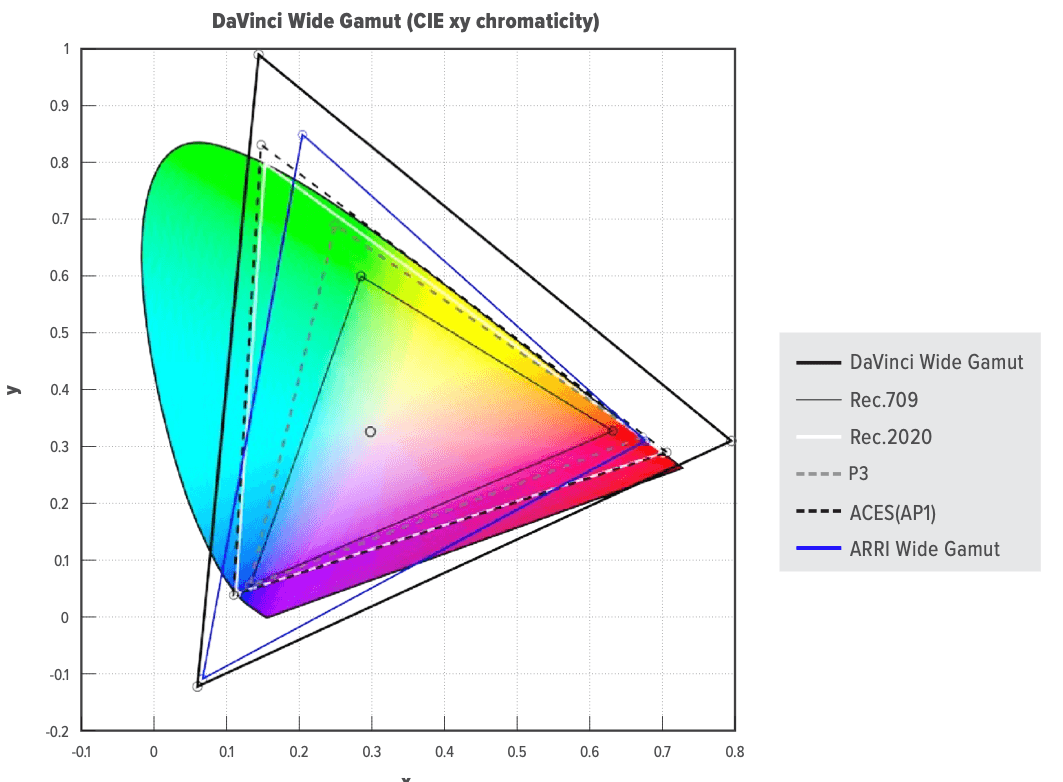I bought my first Japanese chef knife in 2023 and here I share what I learned through the process. As a warning, this is a very easy (and rather expensive) rabbit hole to fall into however, I definitely do not regret falling into it…

My first set of kitchen knives was a German style set from Pro Home Cooks (Santoku, Small Chef’s, and a Pairing knife). At the time, it did what I needed it to. As I fell more in love with cooking, my desire for better equipment increased, and I eventually bought a whetstone to take my current knife set to another level. For a few years, this worked amazingly - I loved my set, and did not feel the need for anything more. Well, that was until I stepped into Kitchen Samurai’s shop in Cape Town, South Africa. At first I went in for a quick look, fascinated by all the knifes hung up on the wall, however I eventually found myself in a long conversation with one of the staff there about Japanese knives. I held a few, asked loads of questions and was hooked by the time I left. The thing that drew me in the most was the history and craftsmanship that went into these knives. Picking a few up, I was certain I wanted one. If it wasn’t for international customs, I would have bought one of their knives there and then. That’s how convinced I was! As soon as I got back to London, I went knife shopping and bought my first Japanese Chef’s knife at Kitchen Provisions, Kings Cross.

The difference between German and Japanese knives stem from the influence from their respective cultures. The Japanese prefer working with a specifically made tool for the task at hand, whilst the German chef prefers a single knife to complete a range of tasks all at once! As a result, German knives tend to favour versatility and durability, whilst Japanese knives favour usability and sharpness. Neither are better than the other - they both serve their purpose in a kitchen. I have a German stainless steel chef’s knife accompanied by a high carbon steel Japanese chef’s knife, and I use either on any given day deepening on the task at hand, and the mood I am in (in that order). I find Japanese knives fascinating - maybe’s it’s because I love the Japanese culture, wisdom, and food.
With the Japanese favouring sharpness, a big focal point in a Japanese knife is the steel used. Japanese knives tend to use harder steel compared to their German counterparts. Hardness is quantified using the Rockwell Scale, and the larger the number, the harder the steel is. Harder steels can retain their edge for longer, however softer steels can be sharpened more easily. Harder steels take the edge in sharpness, whilst softer steels are less brittle, and therefore are less prone to chips. To put this into practice, if you had a German knife (softer steel, such as stainless) you would need to sharpen more often, however the process of sharpening would be much easier. With a Japanese knife (high carbon steel), the edge and sharpness would retain for longer, however in this time, the knife is prone to rust, chips, and breaks. Sharpening the Japanese knife may also prove to be slightly harder (no pun intended).
As an engineer/designer, choosing between the Japanese and German knife was a no brainer. I already had 3 German knives, so now I wanted to try the Japanese knife. I admired the weight, the sharpness, the hand-craftsmanship, and the looks of a Japanese knife. It was really a no brainer. The next thing I had to decide is what type of steel I wanted (within the high-carbon steel world). Each of them have slightly different properties and the main ones are outlined below:
- VG-10: Probably the most used Japanese knife steel and for good reason. It has some of the best edge retention and the steel is corrosion resistant.
- Shirogami Steel (White): This steel is extremely hard, has good edge retention, and is relatively easier to sharpen compared to its counterparts. The high-carbon content makes it prone to corrosion, however a good chef will prevent this with proper care. Due to its immense hardness, it is more brittle than others, and therefore can chip more easily. There are #3 variations in Shirogami Steel where 2 is the most popular, 1 is the hardest, and 3 is the toughest to chip.
- Aogami Steel (Blue): This is Shirogami (white) Steel with further additives to enhance the blades properties. Although still reactive to the elements, it is not as vulnerable as Shirogami (white) Steel. This steel is designed specifically for knives therefore has supreme edge retention, however is as not as hard as Shirogami Steel. It is harder to sharpen compared to Shirogami (white) Steel. Similarly to Shirogami Steel, Aogami has 3 variations. #1, #2, and Blue Super. Blue Super is usually regarded as one of the best steels for Japanese knives.
There are many ways you can construct the blade given your chosen steel. Here, I briefly discuss the construction technique that I opted for in my first Japanese knife - San Mai. This loosely translates to “three layers”, and is what it says on the tin. The high carbon, hard steel (prone to corrosion) is sandwiched between two layers of softer, corrosion resistant steel, up until the edge of the blade, as shown below. This means that the brittle, hard steel, is protected from the elements and can take a bit more of a beating without chipping. With this construction technique you get the benefits of a hard steel sharp edge, but also less maintenance and wear. Win win! Kitchen Samurai have a great article on this - do check them out here!

If you thought choosing a steel was difficult, try picking a shape - especially if you’re just a home cook. As we know, Japanese knives are purpose built, so before choosing a shape, you must know what you need it for. The Gyuto is the chef’s knife of the Japanese world, the Bunka and Santoku are multi-purpose knives, Nakiri and Usuba are vegetable knives, Deba is a fish knife, and so on and so forth. There are many more, most of which are very specialised knives (see Sharp Edge's nice illustration of them below). For me, I don’t eat most meats, therefore I do not cook with them. My knife rarely, if ever, see’s meat and fish therefore I considered a Bunka, Gyuto, or Nakiri. Since they all broadly served the same purpose, the way to make a decision was simply based on personal preference. How does it feel in your hand? What type of chopper are you -a rocker or a pusher? What do you think looks the best? How high and long do you want it to be? Do you care how it’s made and who from? Etc... For me, each of the three were pretty much even in all departments. I ended up choosing a Gyuto since it was the “safer” option as a first time buyer. I have no doubt I will be purchasing a Bunka and Nakiri in the future.

I chose the Sakai Takayuki Aogami Super Blue Gyuto 210mm. This was handmade by the Sakai Takayuki blacksmiths who have an extensive 600+ year history in Sakai, Osaka. To this day, they practice traditional craftsmanship, making them one of the most well known and respected knife makers in Japan. I wanted to buy a knife that had a story behind it - something made by true experts, which is why I chose Sakai Takayuki. In terms of steel, I chose the Aogami Super Blue steel with the San Mai construction, to get the best of both worlds with incredible sharpness, and decent durability. For me, the looks alone could convince me to buy it - the knife has a beautiful textured pattern and a lovely wooden hexagonal handle that feels great in the hand. It really is a dream to work with.

After over a year of use, I can say that this knife exceeded my expectations. For the first 5/6 months of use, (around 5x a week) I did not need to resharpen once. The edge held amazingly. At first I was always scared to sharpen it myself as I didn’t want to ruin the blade however I am sure with regular quick honing, the edge could be held for longer. My next challenge is to learn how to sharpen and maintain this knife for the rest of my life!


